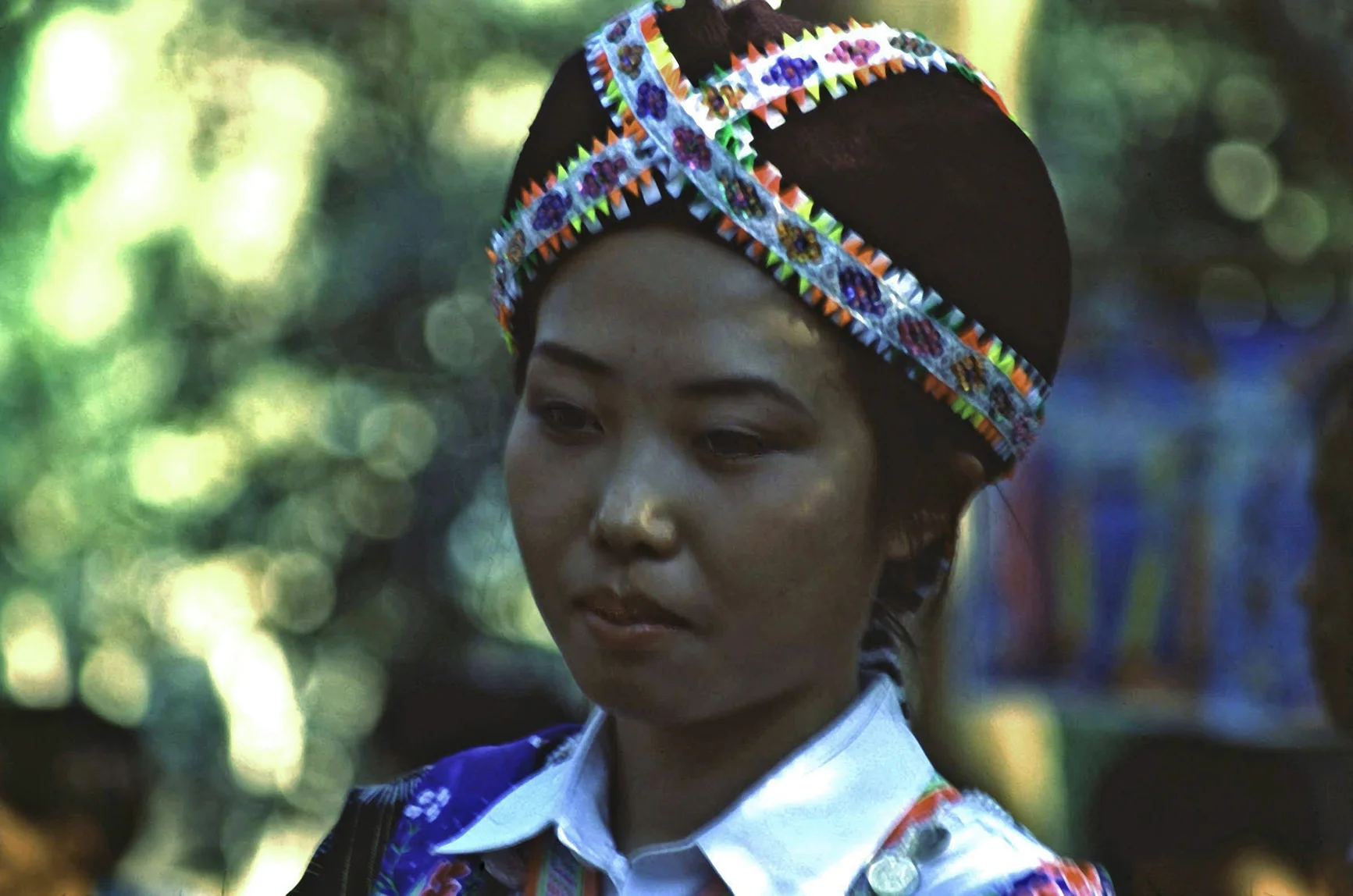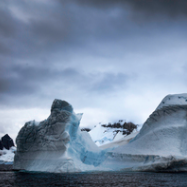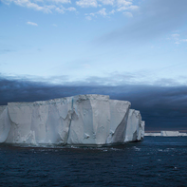We've left Ho Chi Minh and are traveling up the coast of South Viet Nam adjacent to the South China Sea, as we head towards Hanoi. This stop is Hoi An, a city with an historic district that is a well-preserved example of a South-East Asian trading port. It's much easier to walk around in this province of approximately 120,000 than it was in Ho Chi Minh. I took my life in my hands every time I tried to cross the street there, with its high traffic volume and dearth of stoplights.
My first impression as I walk through the Ancient Town is that the buildings and street plan combine Chinese, Japanese and European influences, dating back from the 15th to the 19th centuries. During this time period, Hoi An was a focal point for active trade between East Asia, South-East Asia and the rest of the world.
Quite evident from the outset are wooden structures that appear well preserved. The buildings reflect the architecture of the last several centuries, invoking the feeling of being in a traditional Asian trading port. I meander down narrow pedestrian streets where the houses are tiled and wooden carvings of Vietnamese design make the construction look unique.
While the architecture is of great interest to me, just standing in the streets and watching the locals cruise by is one of my favorite pastimes. The culture in this area developed over the last 2,000 years during which the Cham people began populating this trading haven. These settlers were Hindu, although by the 10th century, many converted to Islam after coming in contact with Arab traders.
Barreling down the street is a man pulling a cart, teeming with lumber. I have no idea what this will be used for. Soon after he makes it past me, I see a woman ambling with what appears to be a cross bow across her shoulder, balancing wares that she is transporting. Her face is covered, perhaps for sun protection.
Continuing down the main thoroughfare of the Old Town, or Tran Phu, there are numerous winding lanes and Chinese-style shop houses, all well preserved despite evidence of mass tourism outside the historic district. Just south of the Old Town, across the Thu Bon River, the island of An Hoi is visible to the west, while Cam Nam is in sight to the east.
As I pass the Japanese Covered Bridge's Pagoda on the west end of Tran Phu Street, our trip to Hoi An is coming to an end. I have developed a deep affection for South-East Asian culture and heritage. The architecture, local people, cuisine and diverse influences, make Hoi An an important memory in my world travels.









